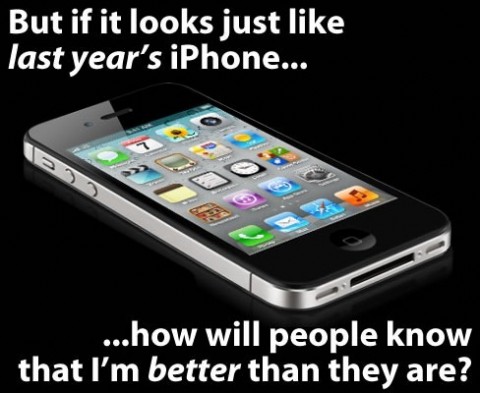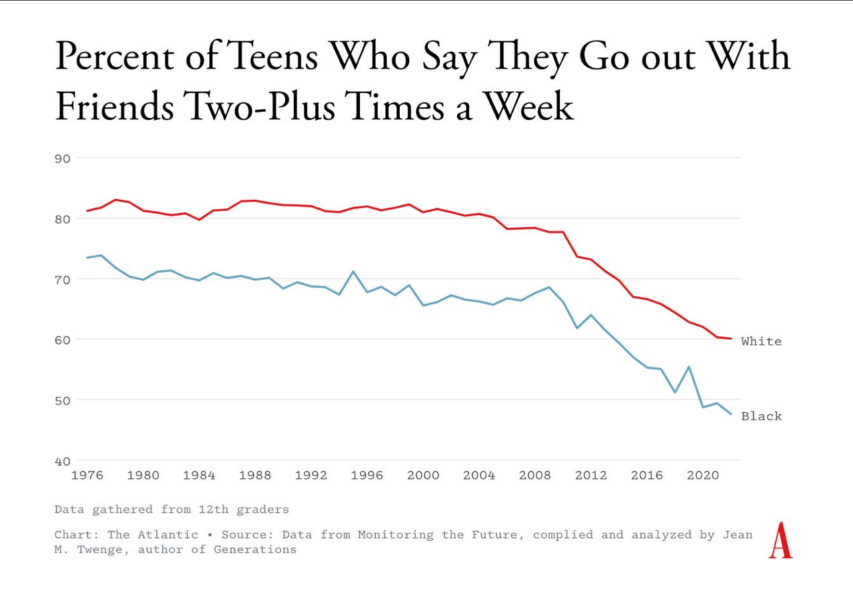 … coal smoke had dramatic implications for daily life even beyond the ways it reshaped domestic architecture, because in addition to being acrid it’s filthy. Here, once again, [Ruth] Goodman’s time running a household with these technologies pays off, because she can speak from experience:
… coal smoke had dramatic implications for daily life even beyond the ways it reshaped domestic architecture, because in addition to being acrid it’s filthy. Here, once again, [Ruth] Goodman’s time running a household with these technologies pays off, because she can speak from experience:
So, standing in my coal-fired kitchen for the first time, I was feeling confident. Surely, I thought, the Victorian regime would be somewhere halfway between the Tudor and the modern. Dirt was just dirt, after all, and sweeping was just sweeping, even if the style of brushes had changed a little in the course of five hundred years. Washing-up with soap was not so very different from washing-up with liquid detergent, and adding soap and hot water to the old laundry method of bashing the living daylights out of clothes must, I imagined, make it a little easier, dissolving dirt and stains all the more quickly. How wrong could I have been.
Well, it turned out that the methods and technologies necessary for cleaning a coal-burning home were fundamentally different from those for a wood-burning one. Foremost, the volume of work — and the intensity of that work — were much, much greater.
The fundamental problem is that coal soot is greasy. Unlike wood soot, which is easily swept away, it sticks: industrial cities of the Victorian era were famously covered in the residue of coal fires, and with anything but the most efficient of chimney designs (not perfected until the early twentieth century), the same thing also happens to your interior. Imagine the sort of sticky film that settles on everything if you fry on the stove without a sufficient vent hood, then make it black and use it to heat not just your food but your entire house; I’m shuddering just thinking about it. A 1661 pamphlet lamented coal smoke’s “superinducing a sooty Crust or Furr upon all that it lights, spoyling the moveables, tarnishing the Plate, Gildings and Furniture, and corroding the very Iron-bars and hardest Stones with those piercing and acrimonious Spirits which accompany its Sulphure.” To clean up from coal smoke, you need soap.
“Coal needs soap?” you may say, suspiciously. “Did they … not use soap before?” But no, they (mostly) didn’t, a fact that (like the famous “Queen Elizabeth bathed once a month whether she needed it or not” line) has led to the medieval and early modern eras’ entirely undeserved reputation for dirtiness. They didn’t use soap, but that doesn’t mean they didn’t clean; instead, they mostly swept ash, dust, and dirt from their houses with a variety of brushes and brooms (often made of broom) and scoured their dishes with sand. Sand-scouring is very simple: you simply dampen a cloth, dip it in a little sand, and use it to scrub your dish before rinsing the dirty sand away. The process does an excellent job of removing any burnt-on residue, and has the added advantage of removed a micro-layer of your material to reveal a new sterile surface. It’s probably better than soap at cleaning the grain of wood, which is what most serving and eating dishes were made of at the time, and it’s also very effective at removing the poisonous verdigris that can build up on pots made from copper alloys like brass or bronze when they’re exposed to acids like vinegar. Perhaps more importantly, in an era where every joule of energy is labor-intensive to obtain, it works very well with cold water.
The sand can also absorb grease, though a bit of grease can actually be good for wood or iron (I wash my wooden cutting boards and my cast-iron skillet with soap and water,1 but I also regularly oil them). Still, too much grease is unsanitary and, frankly, gross, which premodern people recognized as much as we do, and particularly greasy dishes, like dirty clothes, might also be cleaned with wood ash. Depending on the kind of wood you’ve been burning, your ashes will contain up to 10% potassium hydroxide (KOH), better known as lye, which reacts with your grease to create a soap. (The word potassium actually derives from “pot ash,” the ash from under your pot.) Literally all you have to do to clean this way is dump a handful of ashes and some water into your greasy pot and swoosh it around a bit with a cloth; the conversion to soap is very inefficient (though if you warm it a little over the fire it works better), but if your household runs on wood you’ll never be short of ashes. As wood-burning vanished, though, it made more sense to buy soap produced industrially through essentially the same process (though with slightly more refined ingredients for greater efficiency) and to use it for everything.
Washing greasy dishes with soap rather than ash was a matter of what supplies were available; cleaning your house with soap rather than a brush was an unavoidable fact of coal smoke. Goodman explains that “wood ash also flies up and out into the room, but it is not sticky and tends to fall out of the air and settle quickly. It is easy to dust and sweep away. A brush or broom can deal with the dirt of a wood fire in a fairly quick and simple operation. If you try the same method with coal smuts, you will do little more than smear the stuff about.” This simple fact changed interior decoration for good: gone were the untreated wood trims and elaborate wall-hangings — “[a] tapestry that might have been expected to last generations with a simple routine of brushing could be utterly ruined in just a decade around coal fires” — and anything else that couldn’t withstand regular scrubbing with soap and water. In their place were oil-based paints and wallpaper, both of which persist in our model of “traditional” home decor, as indeed do the blue and white Chinese-inspired glazed ceramics that became popular in the 17th century and are still going strong (at least in my house). They’re beautiful, but they would never have taken off in the era of scouring with sand; it would destroy the finish.
But more important than what and how you were cleaning was the sheer volume of the cleaning. “I believe,” Goodman writes towards the end of the book, “there is vastly more domestic work involved in running a coal home in comparison to running a wood one.” The example of laundry is particularly dramatic, and her account is extensive enough that I’ll just tell you to read the book, but it goes well beyond that:
It is not merely that the smuts and dust of coal are dirty in themselves. Coal smuts weld themselves to all other forms of dirt. Flies and other insects get entrapped in it, as does fluff from clothing and hair from people and animals. to thoroughly clear a room of cobwebs, fluff, dust, hair and mud in a simply furnished wood-burning home is the work of half an hour; to do so in a coal-burning home — and achieve a similar standard of cleanliness — takes twice as long, even when armed with soap, flannels and mops.
And here, really, is why Ruth Goodman is the only person who could have written this book: she may be the only person who has done any substantial amount of domestic labor under both systems who could write. Like, at all. Not that there weren’t intelligent and educated women (and it was women doing all this) in early modern London, but female literacy was typically confined to classes where the women weren’t doing their own housework, and by the time writing about keeping house was commonplace, the labor-intensive regime of coal and soap was so thoroughly established that no one had a basis for comparison.
Jane Psmith, “REVIEW: The Domestic Revolution by Ruth Goodman”, Mr. and Mrs. Psmith’s Bookshelf, 2023-05-22.




















